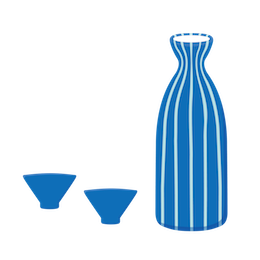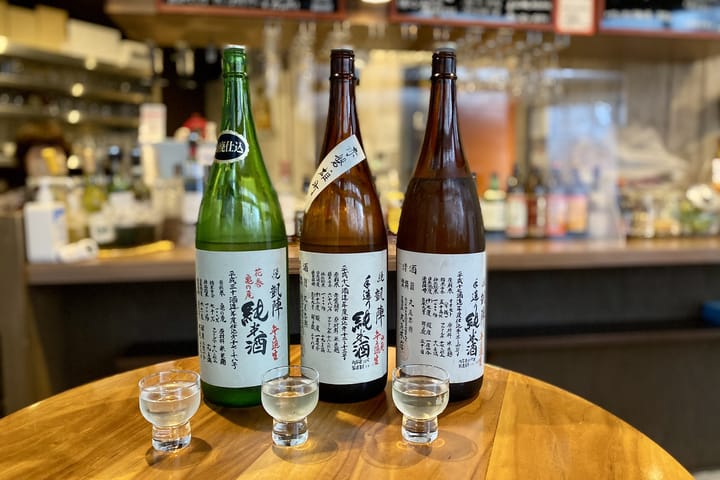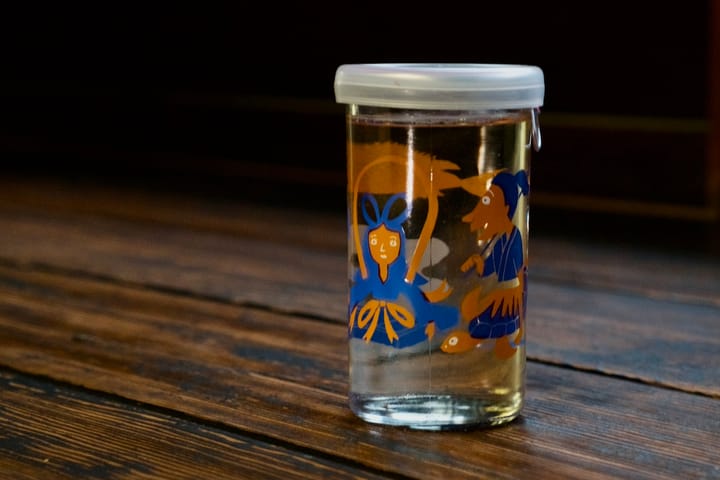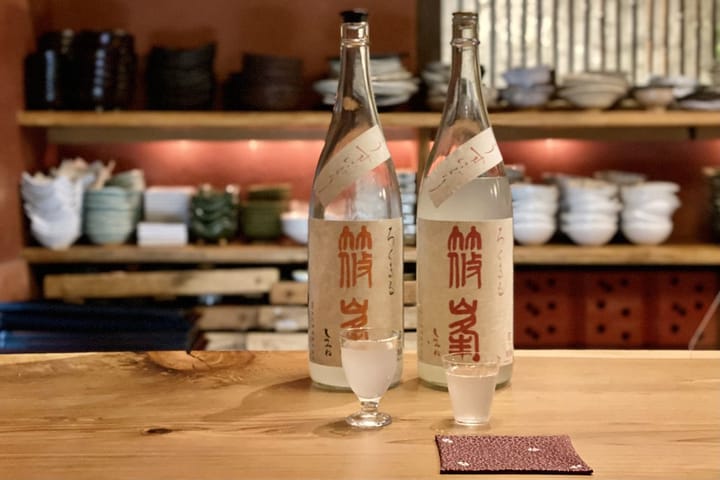Wakatake Aged Sake Flight of Risshun Asa Shibori in a Local Izakaya | Saké Review
At a local izakaya, the aged sake flight of Wakatake's Shinshun Asa Shibori showcased a spectrum of flavors. The barmaster's hospitality, pairing it with dashi maki omelets, created a harmonious blend of tradition and local generosity.

Freshly Pressed Sake for Lunar New Year's Commemoration
Every New Year's Eve of the lunar calendar, 43 breweries prepare special sake and ship it the following day. The sake is called "Risshun Asa Shibori," which means "sake pressed on the morning of the Lunar New Year's Day." While brewery workers press and bottle the sake, a Shinto priest from a neighbor shine prays for the good health and prosperity of everyone related to the sake industry. Liquor shops pick the sake up directly and only distribute it to the consumers in the region.
The Japan Prestige Sake Association (日本名門酒会) started this practice with the brewery members in 1998. While it began with only one brewery, in 2024, 43 breweries nationwide participated. It is an excellent example of a successful sake marketing application as it consists of the tradition (Lunar New Year's Day), the regionality (geographically limited distribution), and the collaboration.
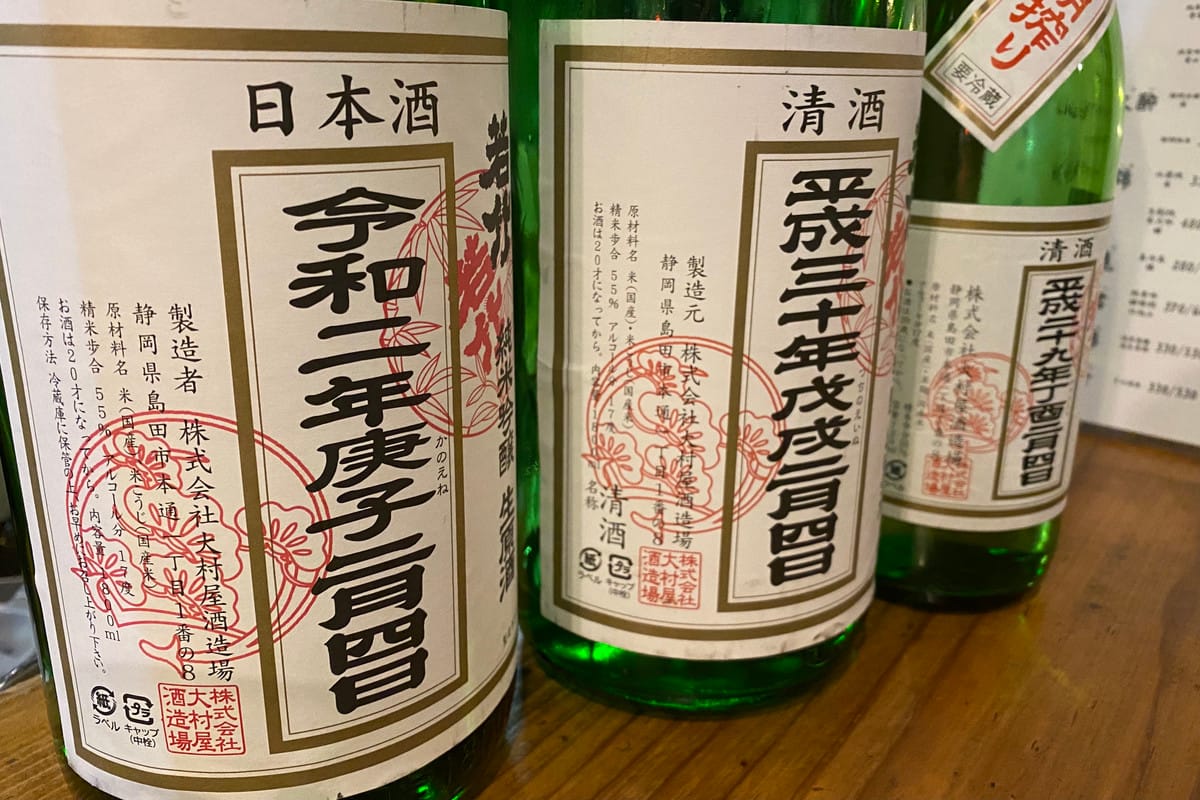
The "Vertical Tasting" of the Seasonal Sake
As Shinshun Asa Shibori's sakes are seasonal and punctual, it is natural to come up with an idea to taste different vintages. Suichku nomi, or "vertical tasting," is what we frequently do for fun; horizontal tasting compares sakes from various breweries of the same vintage, while vertical, the same brewery and different brewing years.
When I traveled to Shizuoka Prefecture within a week after the Lunar New Year's Day, the barmaster of my favorite local izakaya offered a flight of Shinshun Asa Shibori. Of course, it was Wakatake, the local sake.
I tasted from the oldest to the newest (right to left in the photo above). Three-year-old (2017) was the favorite dose with a mellow texture and round sweetness with mature aromas like roasted tea and candied apricots. The next dose, brewed two years ago (2018), showed a slightly aged aroma of roasted tea, while the hints of apricot and milled row rice with subtle, pleasant bitterness yet made me feel the youth. The last one, freshly pressed (6 days ago) nama-genshu (unpasteurized and undiluted sake), came with vigor with a melon note, lively pepper hint, and enjoyable astringency.
All, especially aged ones, paired well with dashi maki (Japanese omelets with dashi broth).
Tasted at Omoide Yokocho Fujieda Ichiba, a.k.a. Edaba (Fujieda, Shizuoka) in February 2020.
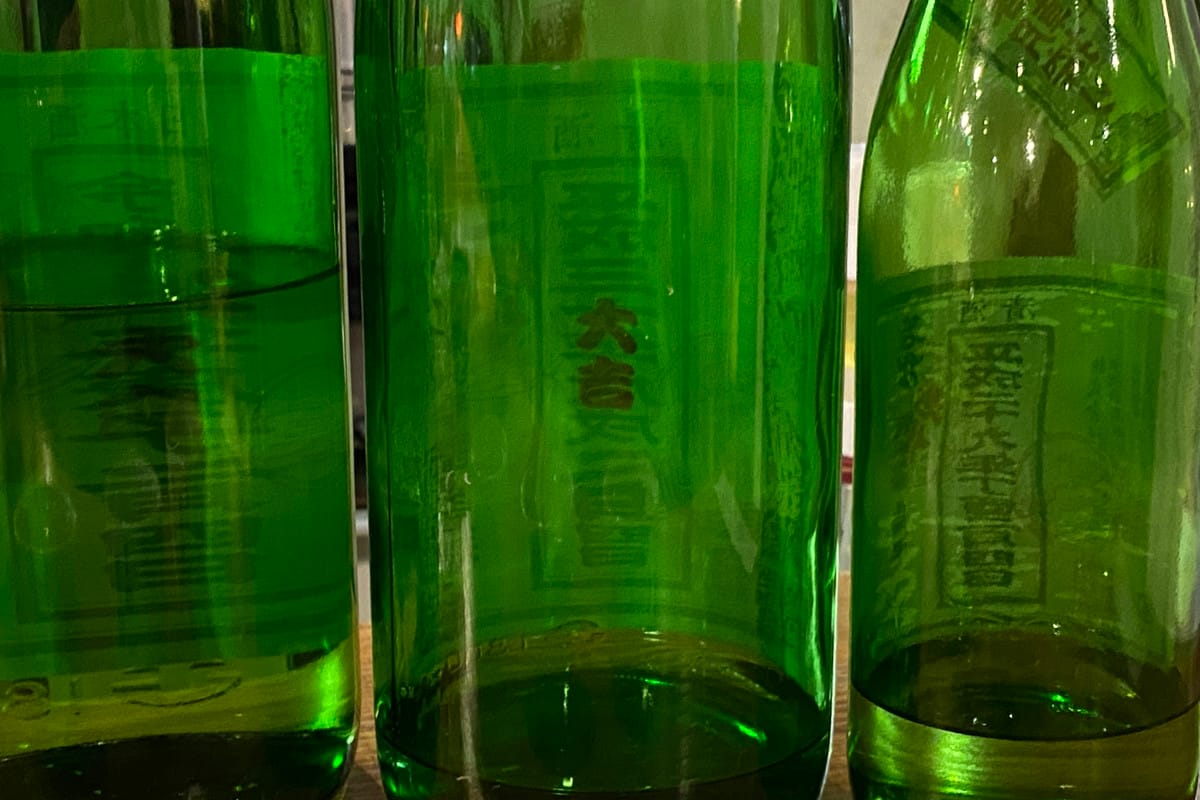
On the Label
Brewer: Ōmuraya Shuzōjō at Shimada, Shizuoka
Hinoto-Tori, Heisei 29 (2017)
Type: Junmai Ginjo, Nama, Genshu, ABV: 17%
Rice: unspecified (55% polishing ratio)
Tsuchinoe-Inu, Heisei 30 (2018)
Type: Junmai Ginjo, Nama, Genshu, ABV: 17%
Rice: unspecified (55% polishing ratio)
Kanoe-Ne, Reiwa 2 (2020)
Type: Junmai Ginjo, Nama, Genshu, ABV: 17%
Rice: unspecified (55% polishing ratio)
References
- 日本名門酒会 [Japan Prestige Sake Association]. (2024-02-03). 立春朝搾り 春を迎える祝い酒 [Risshun Asa Shibori–the Celebratory Drink to Welcome Lunar New Year]. https://www.meimonshu.jp/modules/xfsection/article.php?articleid=377
